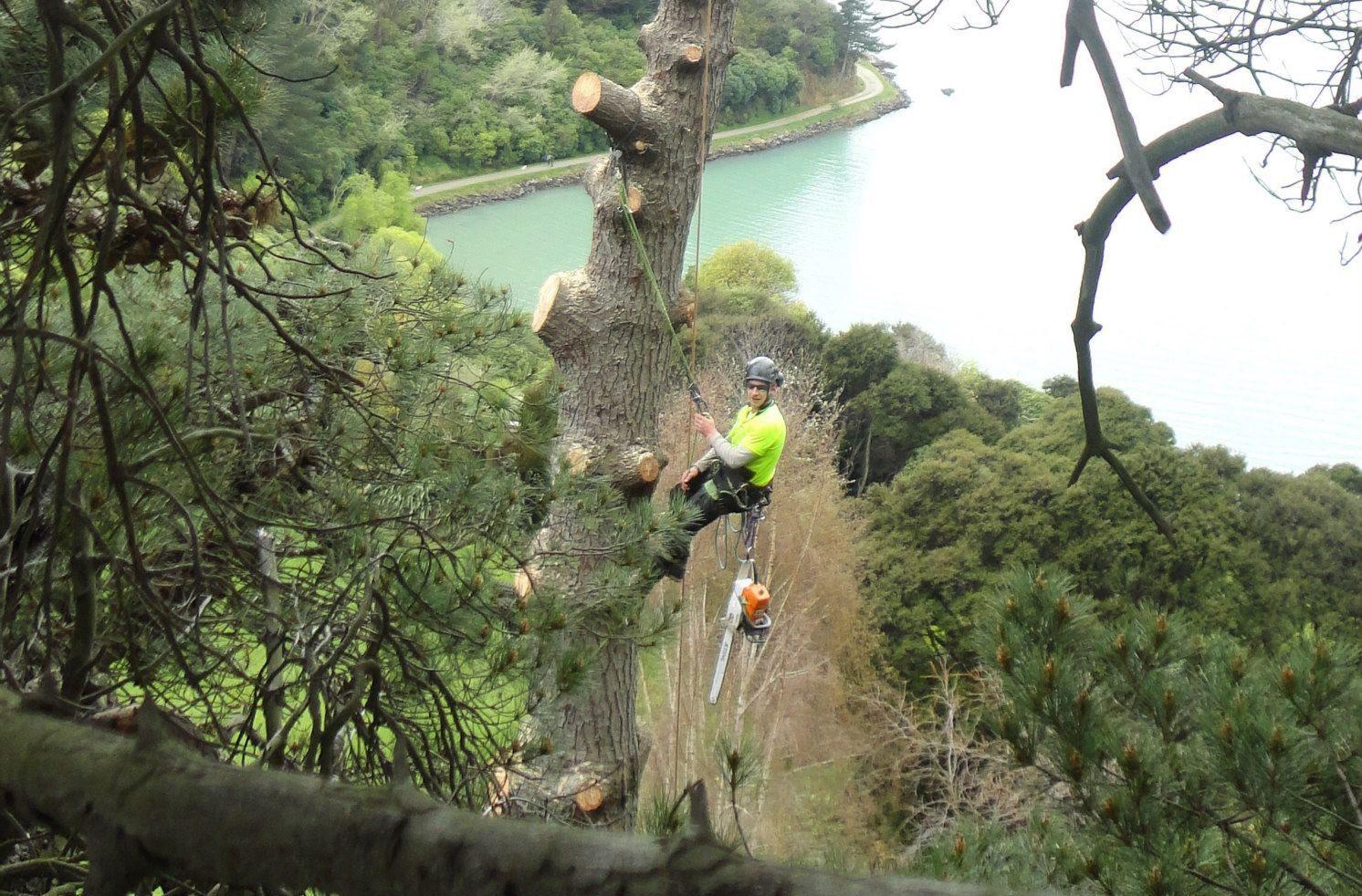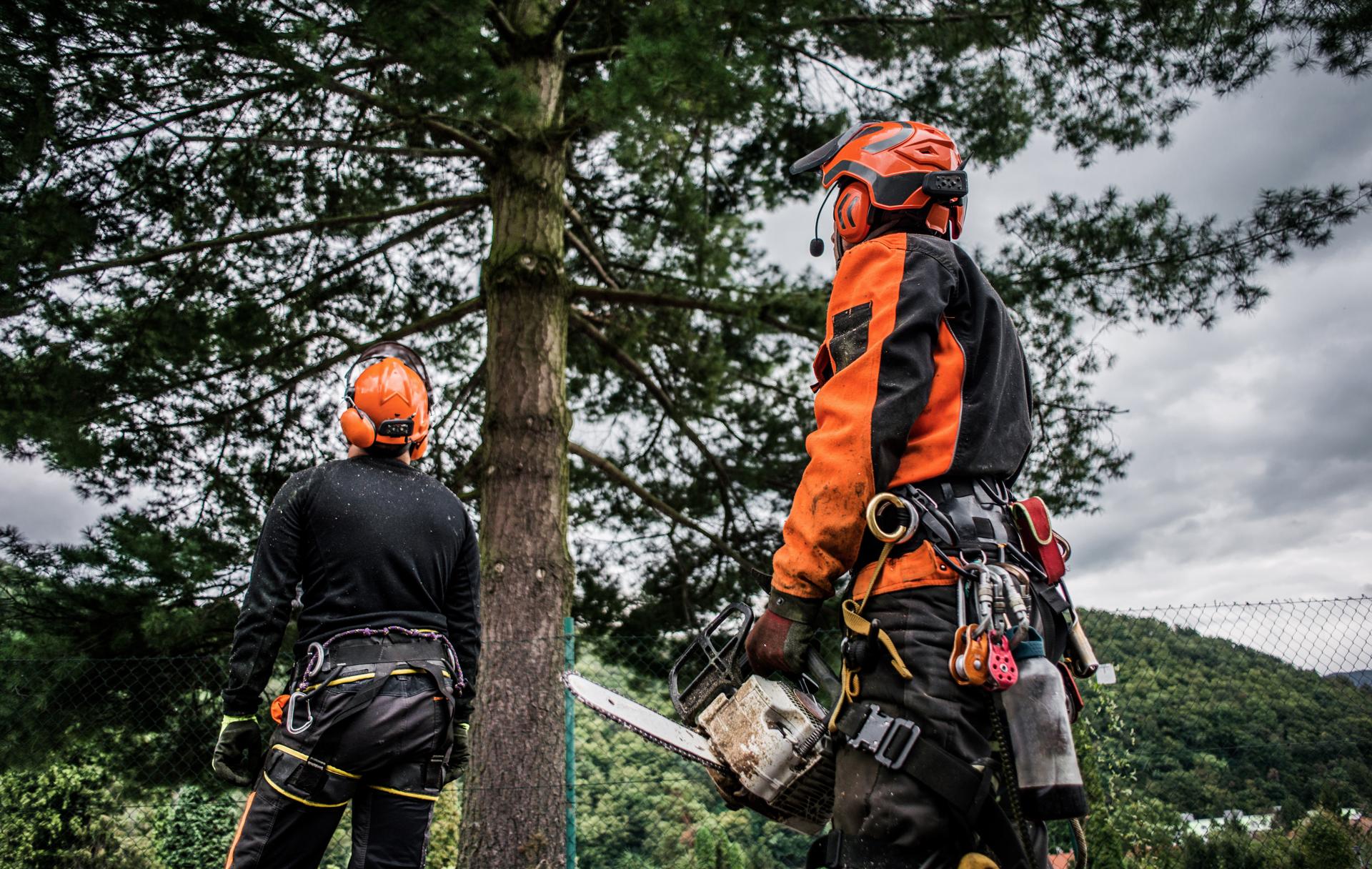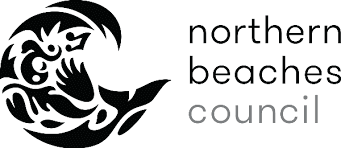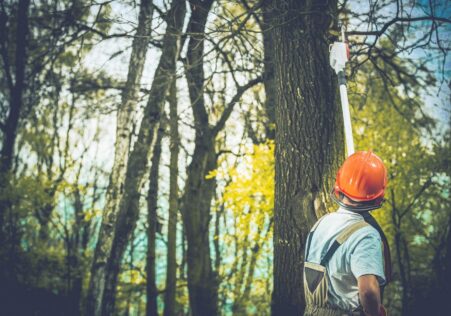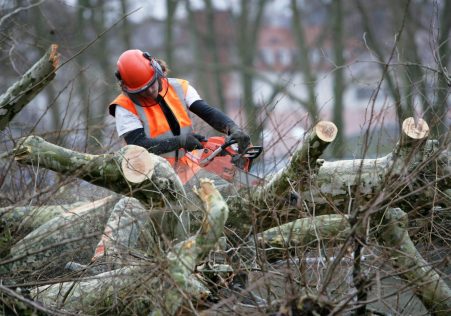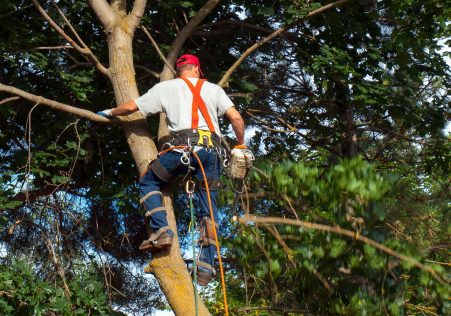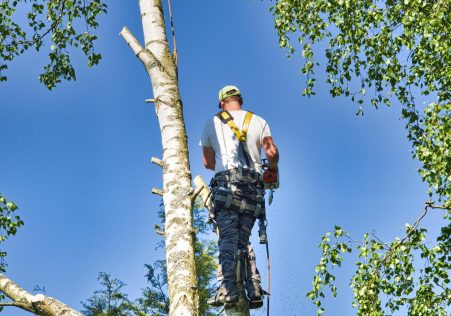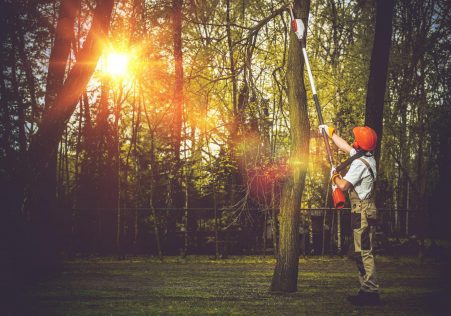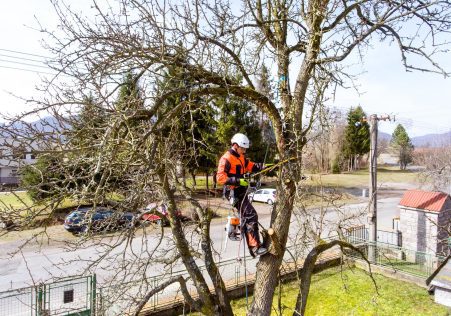How to Determine the extent of protection a tree has before removing it
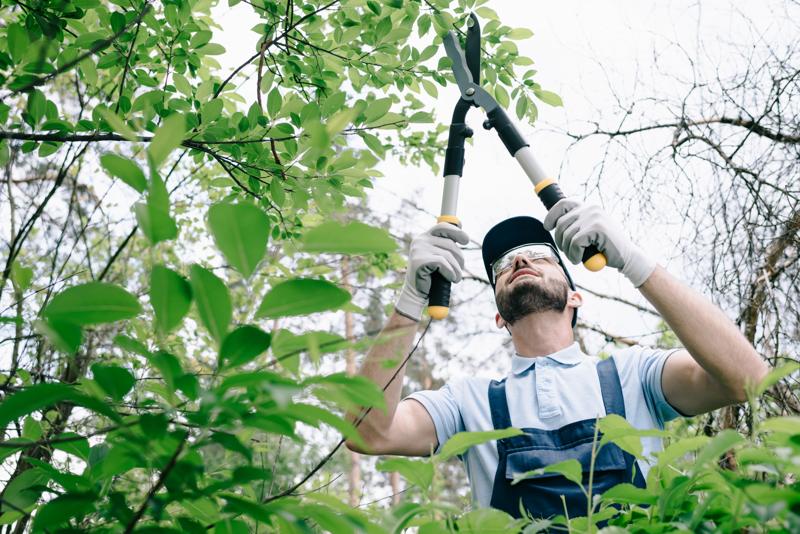
Trees play an important part in the environment, providing shade, clean air and aesthetic value to our surroundings. However they are not all alike and some have additional protection status, making it illegal to perform any activity without authorization. If you’re thinking of having a tree removed it is crucial to be aware of the protection status of the tree being considered and the steps you have to take to ensure compliance with the laws. In this article, we’ll help you understand the steps to determine if the tree is secured and the steps you have take to be sure you are following the law.
What exactly is a tree that is protected?
A protected tree can be subject to specific laws and regulations It is illegal to works on a tree without the required permissions. There are two types of protection a tree could be protected by - preservation orders and protection orders.
Statutory protection
In the context of statutory protection trees are protected by laws and under the control of Tree Preservation Orders (TPOs). TPOs are put in place by local authorities to safeguard trees of significant public value and to ensure that they are not destroyed or damaged.
Preservation orders
Preservation orders are like TPOs in that they are put in place by the Secretary of State for the Environment. Trees with preservation orders are considered to be of exceptional value and are shielded from any kind of work, including cutting down.
How do I know if a tree is protected?
To determine whether trees are protected, you must to determine if the tree is in the process of being subject to a TPO or preservation order. This can be done by contacting your local authority and asking them to search for records.
TPO search
To search for the TPO to locate one, contact your local Tree and Woodland officer of your local authority, who will be able to tell you if the tree is protected. They’ll also be able to advise you on the next steps you should take if the tree is protected.
Preservation order search
If you are looking for a preservation order, you must contact the Secretary of State for the Environment. They can inform you if the tree is protected and will provide the information you require and direction.
FAQs:
What is the consequence if I do work on a tree that is protected without permission?
If you do work on a protected tree without the appropriate permits, you could be facing massive fines or even prison.
Can I contest to a TPO Or preservation or TPO?
You can appeal a TPO or preservation or TPO if you feel it’s not justifiable. But, you’ll need be able to present evidence to back your claim and explain that you believe that the TPO or the preservation decision isn’t needed.
Can I remove a protected tree?
It is unlawful to take down a protected tree without obtaining the required permissions. If you need removal of the tree it is necessary to seek permission from the council and provide the evidence needed to prove your case.
Conclusion
In the end, determining if trees are protected is a crucial aspect in ensuring that any tree work legally completed. By understanding the different types of protection and the best way to determine if they are protected to ensure you are acting within the law and safeguarding the trees you care for. If you’re not sure about the status of protection for the tree you are in charge of, we suggest seeking advice from a reputable tree specialist, such as Western Sydney Tree Removal. Our experienced arborists will be able to inform you on the protection status of your trees and walk you through the necessary steps to make sure you’re following the laws. With our experience and dedication to providing high-quality tree services we will help you keep the beauty and worth of your trees. Contact us today at 1300 330 872 to schedule a consultation and let us guide you on how to keep your trees safe and healthy.

